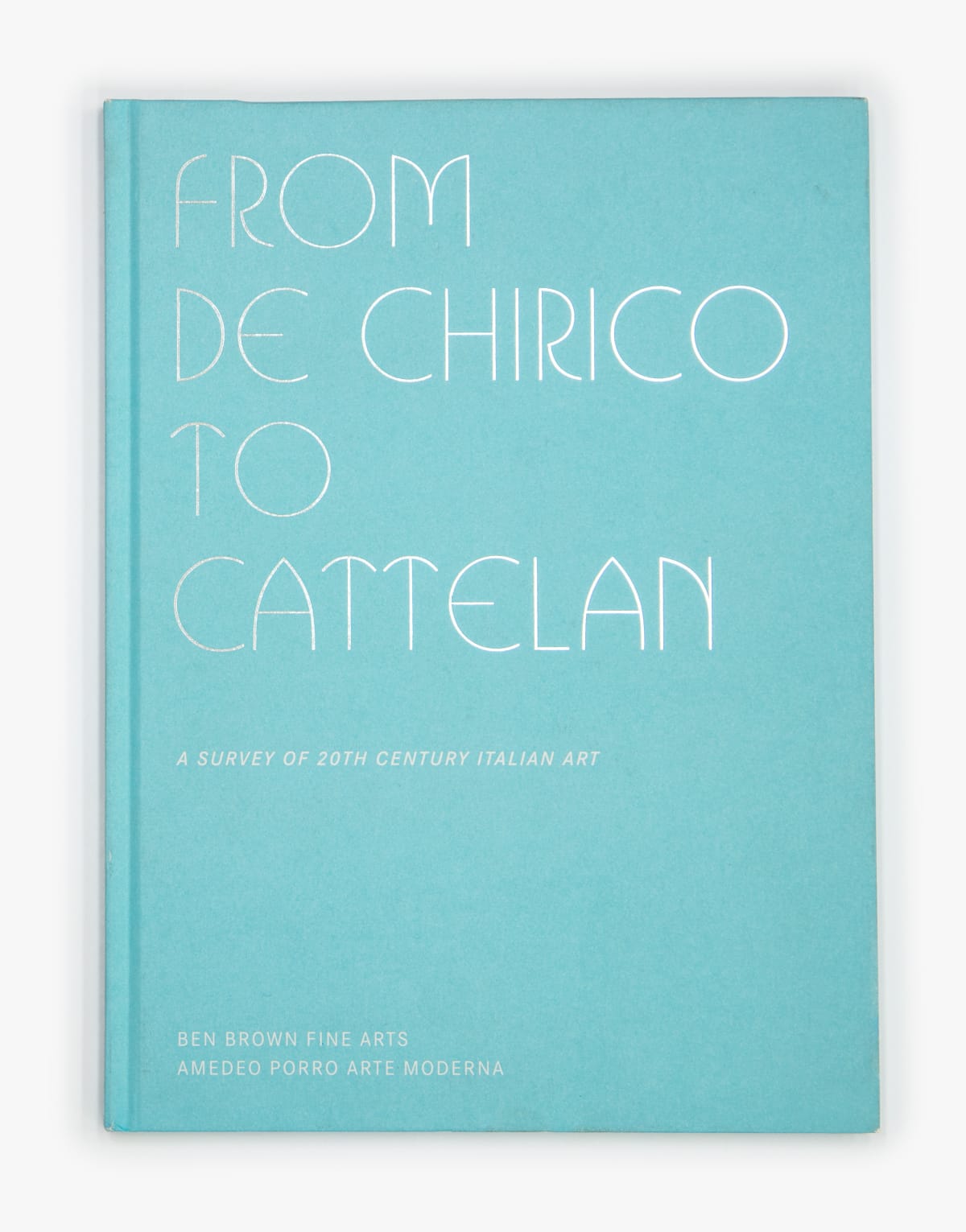Mario Merz was born in Milan on New Year’s Day, 1925, but it was Turin that shaped him, the city he would call home for the rest of his life. He began to draw while imprisoned in 1945 for his anti-Fascist beliefs – line drawings made without lifting the pencil, urgent, continuous, like an attempt to pin time down as it passed. Those early works hinted at what was to come: an art driven by social resistance and a restless hunt for new visual languages. Though his initial style was deliberately naïve, Merz's practice evolved toward Art Brut, gradually incorporating everyday objects – bottles, raincoats, umbrellas – often electrified with glowing neon. By the mid-1960s, this convergence of humble material and poetic gesture placed him at the heart of Arte Povera, a term coined by Germano Celant for a group of artists rejecting elitism in favour of raw, elemental expression. Merz stood apart even within that radical circle. His igloos, first shown in 1968, became a personal architecture – fragile, impermanent, universal – structures that spoke of transience, of the artist as nomad. Constructed with twigs, glass, clay, or metal mesh, often inscribed with luminous fragments of text, they embodied a philosophy that art should remain porous to change. In the 1970s, he began threading Fibonacci’s sequence through his works – a numerical logic rooted in nature, made visible through luminous numbers and fragile installations. His retrospective at the Fundació Antoni Tàpies avoided chronology in favour of something more organic: a constellation of images and ideas, curated by Gloria Moure to reflect the layered, contradictory, and expansive spirit of Merz’s oeuvre.
Overview
Exhibitions
Publications


